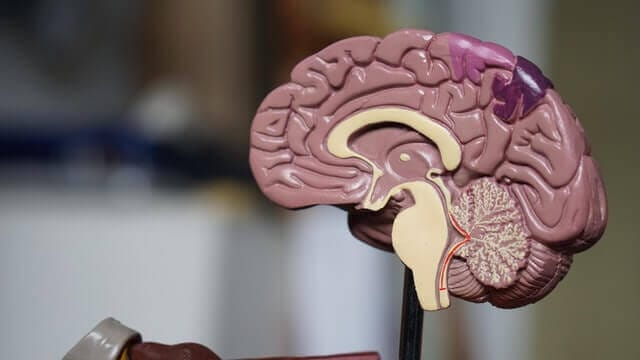Factors that can enhance neuroplasticity include consistent mental stimulation, physical exercise, and proper sleep. Engaging in challenging cognitive tasks, learning new skills, and practicing mindfulness or meditation can promote neural growth and reorganization. Additionally, certain therapies, like vision therapy overseen by an optometrist, can target and improve specific neural pathways related to vision. Lastly, a balanced diet rich in omega-3 fatty acids and antioxidants also supports brain health and plasticity.

















